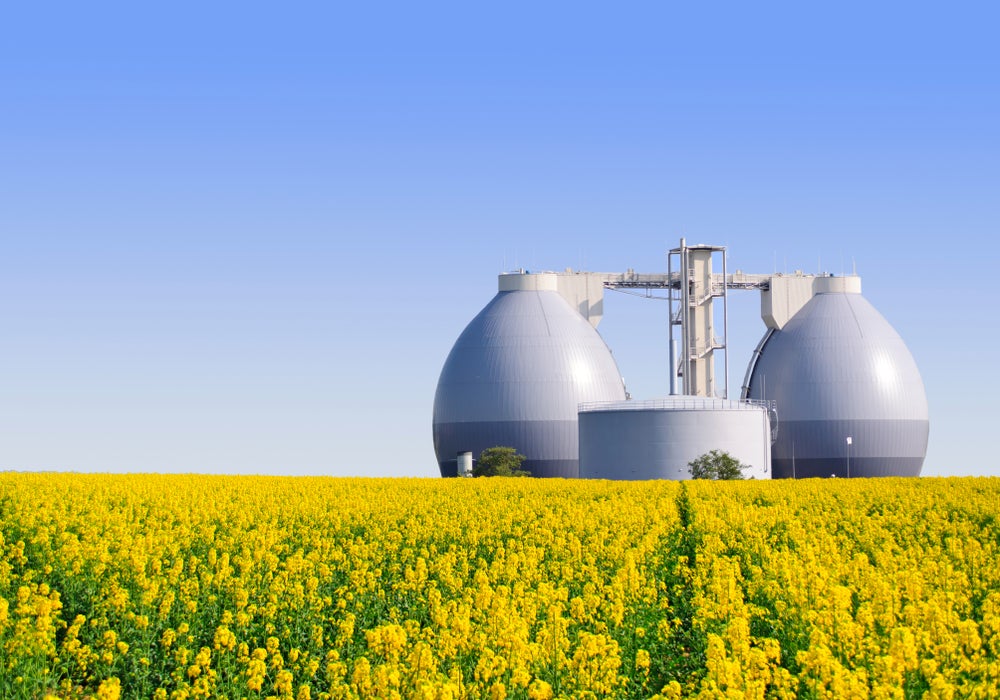The global agriculture industry is awash with futuristic innovations.
Vertical farming and hydroponics show techno-centric visions of where the industry may end up in the years to come. In a sector that contributes 31% of global greenhouse gas emissions, a solution is desperately needed, especially considering the devastating projections of a world without farmable soil in 50 years.
To overcome this, many companies are investing in regenerative agriculture: a method of farming that centres itself around soil health and carbon dioxide removal while not shying away from the innovation key to other agricultural futures.
Why regenerative?
The World Economic Forum positions regenerative farming as a method of nature-sensitive agriculture that emphasises soil health. It incorporates practices such as crop rotation and mixed planting in addition to reducing the use of harmful fertilizers and pesticides. This allows the land to regenerate, sequestering carbon as a byproduct.
These benefits alone create an exciting opportunity for firms to reduce their Scope 3 emissions. Archer Daniels Midland (ADM) claims to have already reduced its Scope 3 emissions by 310,000 tons in addition to another 263,700 tons in sequestration through its nascent regenerative agriculture program.
However, investing in regenerative agriculture may reap benefits beyond the environmental. A lack of profitability in the farming industry in recent years has led to land abandonment in regions of Europe. Leading regenerative agriculture nonprofits claim that their methods produce higher yields than traditional agriculture, helping farmers remain profitable. In a trial of these farming methods in North African small-holding dairy farms, Danone reported an 85% increase in incomes from the scheme’s initial participants. Regenerative farming consequently provides ample opportunity to effectively fulfill corporate responsibility while remaining profitable.
How well do you really know your competitors?
Access the most comprehensive Company Profiles on the market, powered by GlobalData. Save hours of research. Gain competitive edge.

Thank you!
Your download email will arrive shortly
Not ready to buy yet? Download a free sample
We are confident about the unique quality of our Company Profiles. However, we want you to make the most beneficial decision for your business, so we offer a free sample that you can download by submitting the below form
By GlobalDataFurther innovations in the sector will help make regenerative agriculture an exciting prospect to invest in. Seattle-based startup Carbon Robotics uses AI-powered robots to weed crop fields without using environmentally damaging pesticides. This also has the potential to bring large savings in labour costs and begin to solve the current chronic shortage of farm labourers experienced in places such as the UK.
Start-ups have also been engaging with software to ease the transition to regenerative agriculture further. Regen Farmer, for instance, has developed a package that allows agroforesters to manage their land sustainably at the individual-tree level, ensuring that sustainable forestry can be carried out with greater efficiency, with much more information available.
Innovations such as these can be paired with advances in precision agriculture to further increase crop yield.
Instead of these factors, perhaps the greatest benefit of regenerative agriculture is its ability to work within the scope of today’s supply chains. This allows considerable change to be implemented without major disturbance to the value chain, presenting an efficient and effective solution in the face of SBTI-approved emission reduction strategies.
Furthermore, as present farms can be adapted, this mitigates against having to make costly investments in other agricultural futures such as vertical farming or hydroponics. These innovations are excessively energy-intensive, driving up prices further, whereas regenerative agriculture, with its diminished use of fertilizers and pesticides, may, in contrast, reduce costs.
A future worth investing in?
Many leading companies have already begun to transition to this type of farming. Danone has been on a regenerative agriculture journey since 2017, adopting its Regenerative Agriculture Framework in 2021 as a key part of its SBTI-approved roadmap to net zero emissions. Its key target was to have 30% of its key ingredients come from farms transitioning to regenerative agriculture by 2025, which has already been surpassed, with the figure standing at 38% by the end of 2023.
All four of the large global grain merchants are also beginning to adopt regenerative practices in their farming. In January this year, Louis Dreyfus announced a landmark partnership with nonprofit The Nature Conservancy, promising to reach 30,000 farmers across three million acres of farms in selected supply chains by 2030. Meanwhile, ADM has made further progress in scaling up its regenerative agriculture practices. After its initial year in 2022, the company’s Regenerative Agriculture Program is now spread across 2,800,000 acres, with a further target of 5,000,000 acres by 2025. Bunge and Cargill are both at similar stages of exploration. A key target of these companies, therefore, is scaling up.
The impacts of regenerative farming spread further than the food industry however, with big tech firms such as Meta and Google also pledging their support to its practice.
More than just environmentally friendly?
Regenerative agriculture is emerging as a key touchstone in corporate investment policy. When paired with advances in themes such as IoT and AI, significant benefits appear that encompass both the environmental and the financial.








